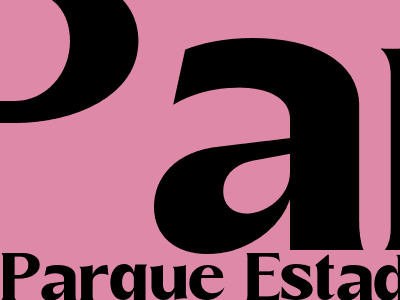
Parque Estadio Nacional
Parque Estadio Nacional: A Journey Through its Past, Present, and Future
Introduction:
Prepare to embark on a captivating journey through the fascinating past, vibrant present, and promising future of Parque Estadio Nacional, a historic landmark in the heart of Santiago, Chile. As we delve into its rich heritage, modern-day significance, and future aspirations, you will discover the extraordinary story of this iconic park.
A Legacy of History and Sports:
Parque Estadio Nacional traces its roots to the early 20th century when it was conceived as part of a grand urban renewal plan. Initially known as Parque Cousiño, it was officially inaugurated in 1919 and became a beloved recreational and sporting destination for the city's residents. In the 1920s, the iconic Estadio Nacional was built within the park, hosting significant sporting events, including the 1962 FIFA World Cup and the 1975 Pan American Games.
A Symbol of Resistance and Resilience:
During the 1973 military coup, the Estadio Nacional became a grim symbol of the regime's brutality. Thousands of political prisoners were detained within its walls, enduring harsh conditions and torture. This dark chapter in the park's history has left an indelible mark on the Chilean people and serves as a poignant reminder of the struggle for freedom and democracy.
A Transformation into a Vibrant Hub:
In the decades since the return to democracy, Parque Estadio Nacional has undergone a remarkable transformation. Today, it stands as a thriving oasis amidst the urban landscape, offering a wide range of recreational opportunities for people of all ages. The park boasts extensive green spaces, picnic areas, playgrounds, and walking trails, providing a respite from the hustle and bustle of city life.
A Stage for Cultural and Artistic Expression:
Parque Estadio Nacional is not only a place for recreation but also a vibrant cultural and artistic hub. The park hosts numerous events throughout the year, including concerts, exhibitions, and festivals. Its open-air amphitheater, Teatro La Cúpula, has become a renowned venue for performances by local and international artists, showcasing everything from music to theater and dance.
Reimagining the Future:
As Parque Estadio Nacional looks towards the future, ambitious plans are underway to enhance its role as a sustainable and inclusive urban space. The park's master plan envisions the creation of new green areas, improved accessibility, and the integration of innovative technologies to foster community engagement and environmental stewardship.
A Vision for Sustainability and Inclusivity:
At the heart of the park's future development is a commitment to sustainability. The master plan includes measures to reduce water consumption, promote biodiversity, and create a more resilient urban ecosystem. Additionally, the park aims to become more inclusive and accessible, with improved facilities and programming for people of all abilities and backgrounds.
A Legacy of Perseverance and Promise:
The story of Parque Estadio Nacional is a testament to the resilience and transformative power of a public space. From its humble beginnings as a recreational park to its somber role during the military dictatorship, and now its vibrant present and promising future, the park has played a pivotal role in the life of Santiago. As it continues to evolve, Parque Estadio Nacional is poised to become an even more cherished landmark, a place where history, culture, and community come together to create a vibrant and inspiring urban destination.

Komentar
Posting Komentar